Is Ceramic Coating Safe?
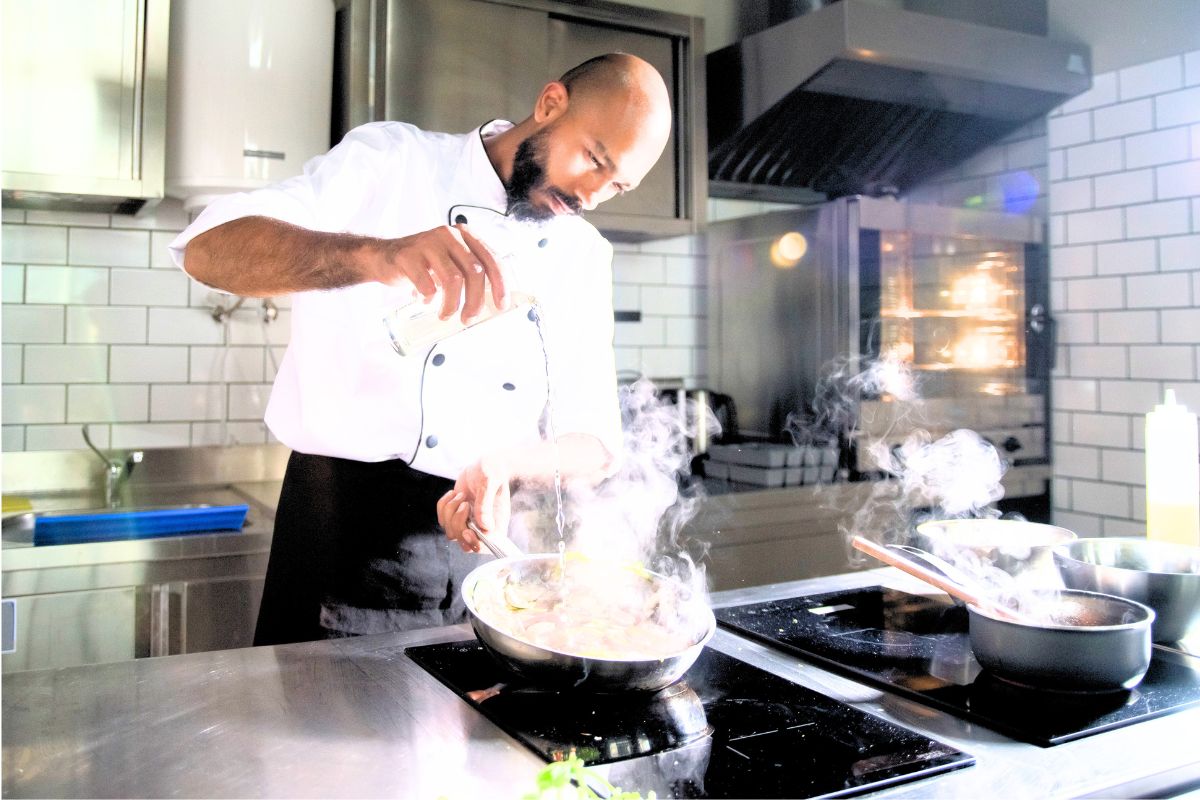
For those on a healthy-living journey, replacing cookware that contains toxic chemicals with non-toxic cookware is only logical. Indeed, the type of cookware used can have a significant impact on human health. Therefore, choosing the safest cookware is an important step to keeping you and your family healthy and safe. Nowadays, ceramic coated cookware seems to be popular with people who look for non-stick pans for their kitchen.
In this post, you will learn about ceramic coating so you can form your own opinion as to whether ceramic cookware is safe enough for you. Additionally, you will get a glimpse of my kitchen and my favorite cookware that is a healthy alternative to traditional non-stick cookware. You will also learn an effective cooking technique that my family uses all the time. So, read on! Alternatively, you can use the table of contents to jump to the section of your interest.
Is Ceramic Coating Safe?
To begin with, the subject of healthy living is of utmost importance to me. Indeed, my dad died of cancer when he was just 57, and I myself have had health issues that I describe in my posts about autoimmune diseases and breast implants and explant surgery.
Therefore, I set out on a mission to educate you about potentially toxic chemicals so you can make informed decisions regarding purchasing products. I believe you can improve your health using stress-free ways to reduce your exposure to potentially harmful substances.
Specifically, in the field of cookware, I have done research into the safety of both cookware materials and cookware non-stick coatings. If you would like to know my opinions on ScanPan, Green Earth, GreenLife, Zwilling, Blue Diamond, and some other brands, sign up here to learn more about my research into them.
As for ceramic cookware, there are two main types of cookware referred to as “ceramic.” The first type of ceramic cookware is pure ceramic cookware made from natural clays and given a glaze coating. The second type of ceramic cookware has a metal base with a sprayed-on ceramic coating. In this post, we are focusing on the second type – ceramic coated cookware.

What Is Ceramic Coating On Cookware?
No doubt, ceramic coating makes cookware look elegant and versatile. Technically, such cookware consists of a metal base (e.g., stainless steel or aluminum) coated with a water and oil-resistant coating largely made of silicon oxide, aka silica. That is to say, ceramic coated cookware does not contain any ceramic and is called that way due to the enamel-like glossy appearance of its non-stick coating.
Reportedly, some advantages of nanoscale ceramic coatings for aerospace metals and alloys include:
- increasing the lifetime of parts
- preventing thermal and acidic corrosion
- reducing friction and heat on high-temperature components, and
- improving the appearance of surfaces.
On the other hand, ceramic coatings:
- are brittle
- can de-bond during expansion and shrinkage resulting from the heating cycle
- may corrode at the cracks, and
- are heavier than organic coatings (source).
Currently, some people use ceramic coated pans as a substitute for Teflon cookware because they are often marketed as a NASA-approved and safer alternative to traditional non-stick cookware. Based on users’ reviews, ceramic non-stick coatings last longer before showing signs of wear than Teflon coating.
More importantly, however, they are considered to be free of polytetrafluoroethylene (PTFE) that may contain perfluorooctanoic acid (PFOA) and other undisclosed toxic chemicals, aka “forever chemicals,” notorious for various negative effects on human health and environment (source and source). (By the way, PTFE non-stick coating is extremely prevalent in bakeware. So, use my Non-Toxic Baking Sheets Guide to make yet another step forward in your healthy-living journey.)
How Does Ceramic Coating Work?
For starters, the process used to apply ceramic coating on a metal surface is called the “Sol-Gel” process. In chemical terms, this process involves small inorganic particles suspended in a solution that gel together to form an inorganic matrix (source).
Sol-Gel technology helps create inorganic ceramic non-stick coatings that come in several proprietary blends. For instance, GreenPan Cookware and Our Place Pan use Sol-Gel technology for their non-stick pans.
Further, the coatings are mostly composed of silicon and oxygen and are applied as a single layer over a metal surface (typically aluminum, stainless steel or iron). Allegedly, the process produces 50% less carbon dioxide compared to PTFE, which is one of the reasons Sol-Gel is considered to be more environmentally friendly.
Check out the Sol-Gel method of application as taken from the patent (source):

Presumably, what makes Sol-Gel ceramic coating appealing is that it is:
- durable
- scratch resistant
- high heat resistant
- wear resistant
- corrosion resistant
- stain resistant
- friction resistant
- very cleanable
- excellent non-stick, and
- allegedly, PTFE-free.
Nevertheless, the non-stick coating of ceramic coated pans does not last forever. In fact, multiple users have complained on the Internet that their non-stick pans are not non-stick anymore. This may be due to the nature of the silicon oxide coating that releases every time you heat up your pan and eventually wears out. Additionally, it can crack and chip, too. Also, even though it is considered scratch resistant, it is not a good idea to use any utensils that may potentially leave scratches on the cookware surface. In other words, to make it last longer, make sure to maintain your ceramic cookware according to the manufacturer’s instructions.
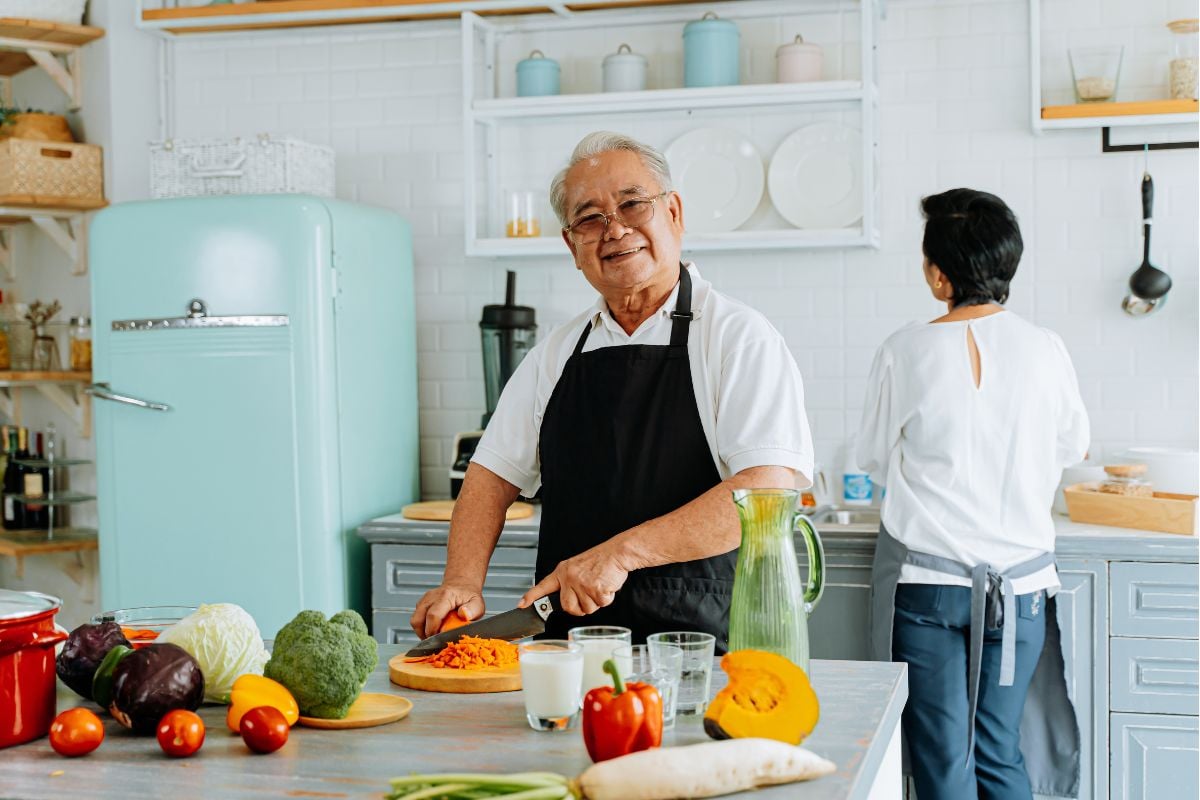
Is Ceramic Coating On Cookware Safe?
In my opinion, ceramic coating on cookware is not safe, and I have several reasons for saying this.
First, if a ceramic pan has an aluminum substrate under the coating, and the coating gets scratched, chops off or wears out, aluminum can leach into your food. Trace amounts of aluminum can potentially have adverse effects on human health (source). That is why I consider aluminum cookware and aluminum baking sheets the least recommendable, along with Teflon non-stick pans and baking sheets. You can read more about that, as well as my opinion on pure ceramic cookware such as Xtrema, in my Safe Cookware Guide.
Second, if the coating cracks or chips off, its particles can get into your food and your body, too. That also means that the users have to rebuy their pans, which is not good for the wallet or the environment.
If you maintain your ceramic cookware following the manufacturer’s instructions and are very careful with it, it can somewhat help you avoid the risks described above. However, there is a third reason that prevents me from pronouncing ceramic cookware safe. Specifically, the Sol-Gel coating does not sound that safe to me, either.
Nanoparticles In Ceramic Coating
Check out an excerpt about Sol-Gel composition from the patent below (source):

As it follows from the highlighted part above, Sol-Gel coating consists not only of silica (sand) but also of inorganic polymers, such as poly-zirconium oxides, poly-titanium oxides, and/or poly-aluminum oxides. If they leach into food, they may pose a health concern. Thus, in this study, quasi-ceramic coatings on both new and used pans released nanosized particles with nano titanium dioxide being the most common substance detected.
I have contacted companies that make cookware with ceramic coating to ask about the presence of nanoparticles in their coating. Caraway, for instance, replied to me the following:
Our coatings do contain nanoparticles, but the concentration of them does not pose a significant risk to consumers.
It may sound great but there is no supporting documentation of that claim. If you would like to see what responses I got from Zwilling and Our Place Always Pan, sign up here to learn more.
Ultimately, although ceramic coated cookware is possibly safer than traditional non-stick cookware coated with PTFE, I believe further studies are necessary before we can draw an unequivocal conclusion about its safety. Indeed, judging by the reviews of people who have used such cookware, the coating dissipates with time. The question is: where does it go? Is it possible that it goes in your food little by little every time you cook?
The bottom line is I do not consider ceramic coated cookware a safe and cost-effective option. Hence, I prefer to use different cookware that works as non-stick for me.

Best Alternatives To Ceramic Coated Cookware
While I haven’t had experience with ceramic cookware, I know that some people love their ceramic pans. Anecdotally, though, some say that their pans have lasted them for years, whereas others say they lost their non-stick properties pretty quickly.
If you primarily use Teflon pans for their non-stick qualities, ceramic coated pans may be a step-up for you. But if you use cast iron and stainless steel, like I do, most likely you haven’t had a need for any type of ceramic cookware. Let’s talk about that more.
Stainless Steel Cookware
In my kitchen, stainless steel non-toxic cookware is prevalent, and we have learned how to use it, so it works as non-stick for us. Actually, my husband is an expert in making his omelets slide seamlessly off our high-quality stainless steel cookware. Watch this video on how to make stainless steel non-stick made specially for you. In the video, you can get a glimpse of my kitchen and my favorite cookware as well as learn an effective cooking technique that my husband uses all the time!
If you are concerned with chromium, nickel, and iron leaching into food during cooking, please refer to my Safe Cookware Guide where I address this issue in detail. In short, while we do need iron and chromium as essential nutrients, we don’t need nickel for our health. If you are sensitive to nickel, first of all, I am giving you a virtual hug because nickel is present in so many foods. And second of all, you may want to consider using cast iron cookware.
My favorite stainless steel cookware of all time is 360 Cookware (IREAD25 for 15% off). You can check out my comprehensive 360 Cookware Review before deciding to purchase it.
Alternatively, you can visit the “Cookware and Baking” section of my Amazon shop for other options, including All-Clad.
Cast Iron Cookware
Sometimes, we use cast iron in our kitchen as an alternative to traditional non-stick pans, too.
The important thing to keep in mind about cast iron cookware is that it leaches iron into food during cooking. While iron is an essential nutrient, you don’t want to overdose on it. Hence, consider shorter cooking times and using it interchangeably with stainless steel (or glassware for cooking in the oven).
In my free blog post about cast iron pots and pans, I explain how to season them the right way, how to clean them, and what foods not to cook in your cast iron non-stick cookware. So, be sure to check it out!
As for my favorite options, they are Field Company and Stargazer, both made in the USA. Their cookware surfaces are very smooth (versus textured); hence, with proper seasoning, they function as non-stick cookware very well. Thus, Field preseasons their non-toxic cookware with grapeseed oil, and Stargazer uses a blend of grapeseed, canola, and sunflower oils.
Additionally, you can visit the “Cookware and Baking” section of my Amazon shop for other cast iron options, like Lodge, as well as glass bakeware.
Conclusion: Is Ceramic Coating Safe?
I Do Not Consider Ceramic Coated Cookware Safe And Prefer To Use Stainless Steel And Cast Iron Cookware In My Kitchen.
In sum, today, you have learned something about ceramic coating, its composition, key features, and application method. On the one hand, ceramic coating appears to be:
- durable
- scratch resistant
- high heat resistant
- wear resistant
- corrosion resistant
- stain resistant
- friction resistant
- very cleanable
- excellent non-stick, and
- allegedly, PTFE-free.
On the other hand, some users noticed that it wears off its non-stick coating pretty quickly and can crack and chip off, which can pose risks to human health. Additionally, there is a concern about nanoparticles and the dissipation of the coating. Sign up here to learn more about non-stick cookware brands.
I hope with the information presented in this post, you can form your own opinion as to whether ceramic cookware is safe. If you prefer using the cookware marketed as “non-stick,” switching to ceramic coated pans from Teflon cookware (coated with polytetrafluoroethylene (PTFE) that may contain perfluorooctanoic acid (PFOA) and other undisclosed toxic chemicals) may be an option for you.
Alternatively, you can replace all your non-stick cookware with stainless steel and cast iron. Although this cookware is not marketed as “non-stick,” it can function as non-stick with proper maintenance and technique. Watch this video on how to make stainless steel non-stick in which my husband will teach you how to cook an omelet on a stainless steel skillet.
Some stainless steel and cast iron cookware options for you are as follows:
- 360 Cookware (IREAD25 for 15% off)
- Field Company, and
- Stargazer.
You can also visit the “Cookware and Baking” section of my Amazon shop for other options, including All-Clad, Lodge, and glass bakeware.
As always, you are welcome to browse the I Read Labels For You blog for more information on various products and ingredients. Check out my non-toxic products shop, permanent hair color, baby wipes, and diapers e-books and book a service for extra help on your healthy living journey.
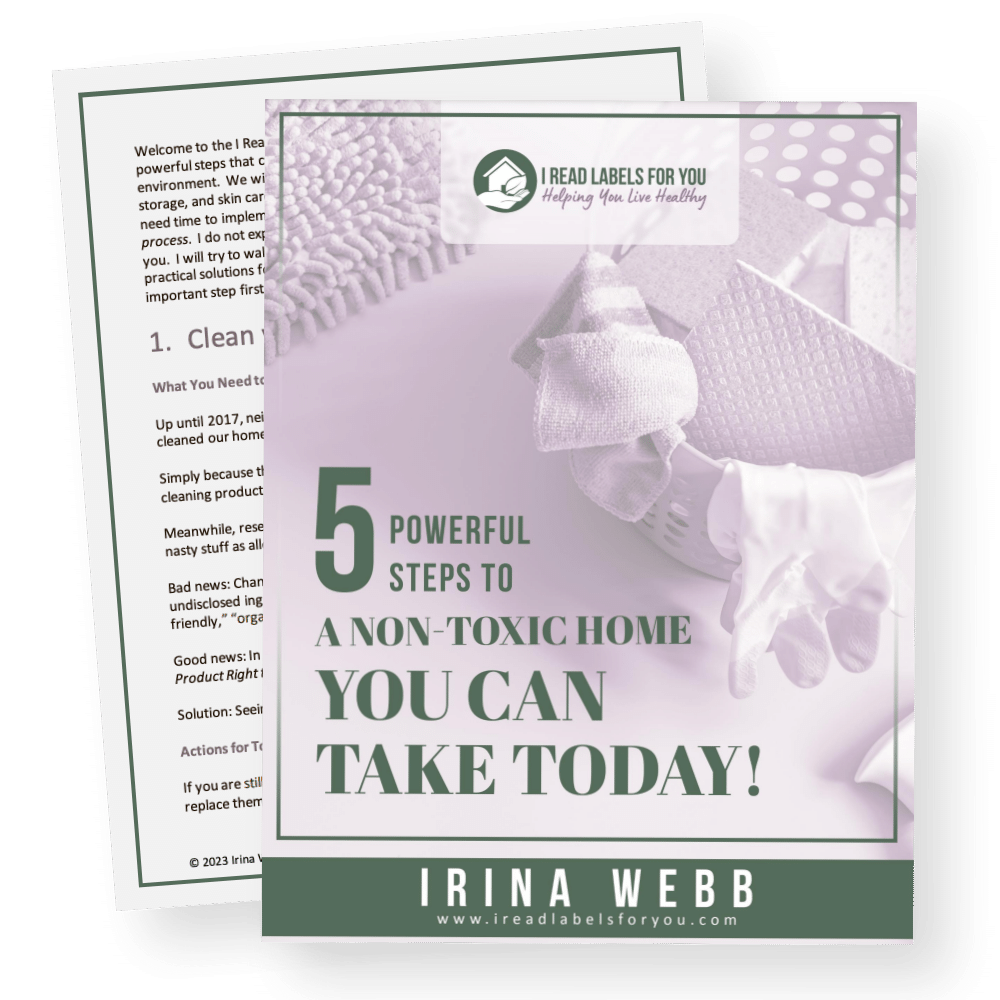
Download The Free Guide!
5 Powerful Steps To A Non-Toxic Home
Join our informed consumer community and get our free guide the “5 Powerful Steps To A Non-Toxic Home”.

 Written by
Written by 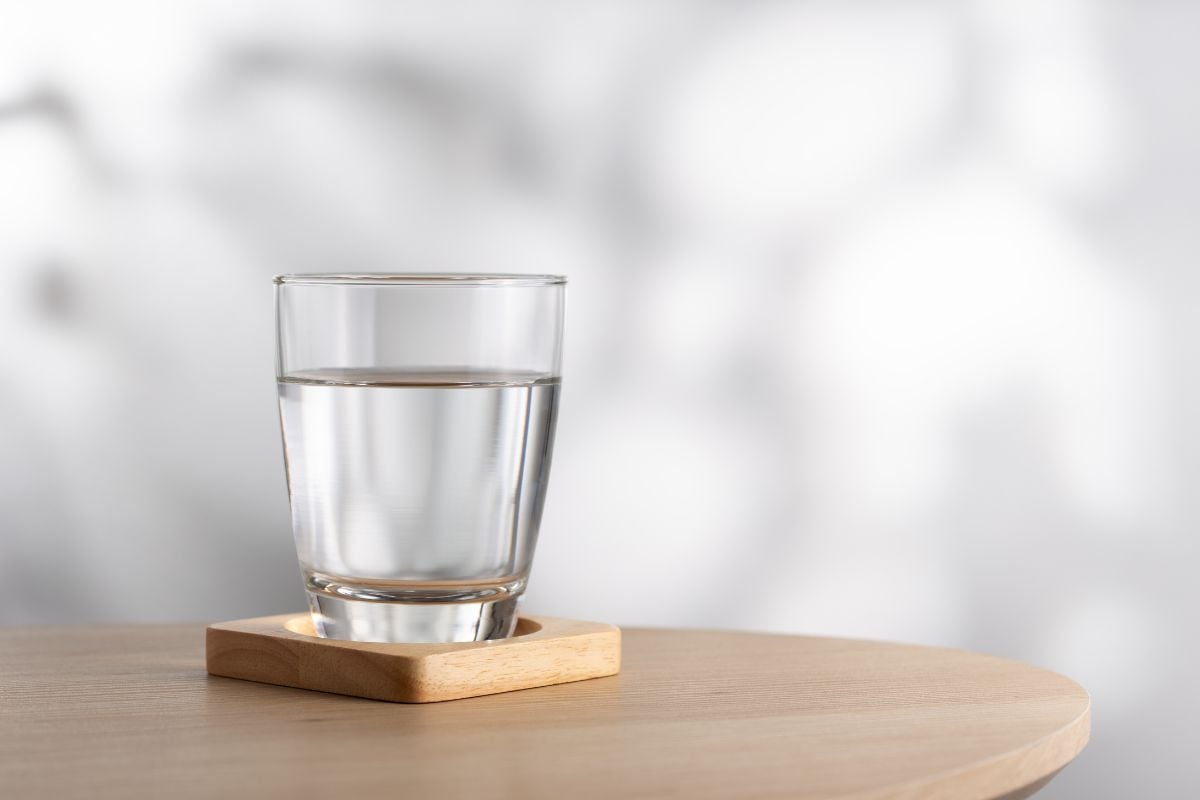
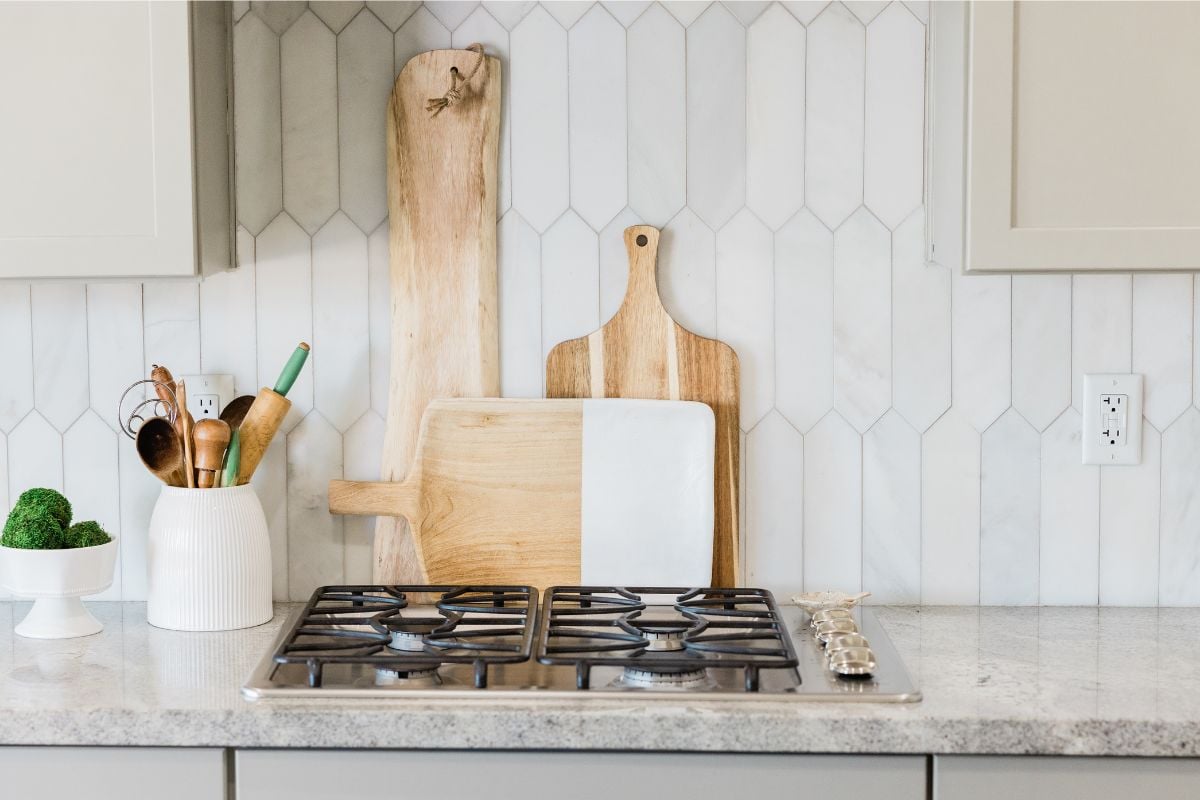


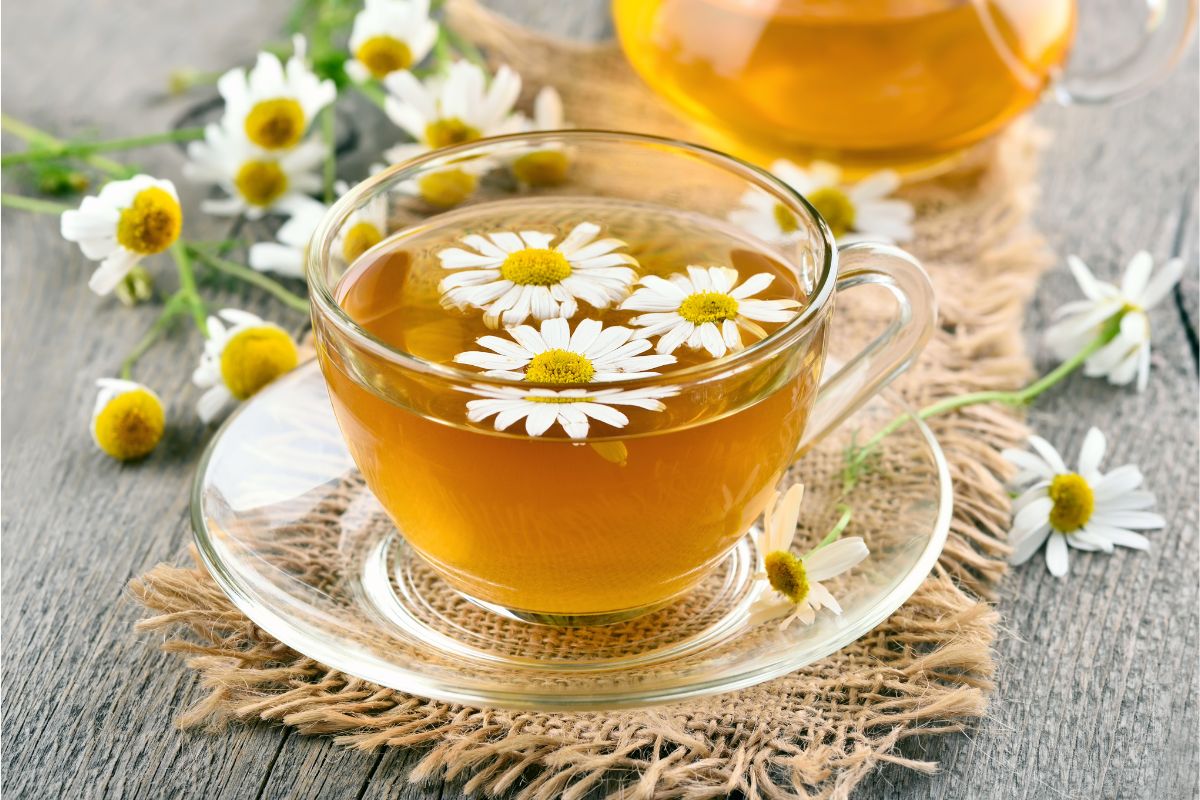
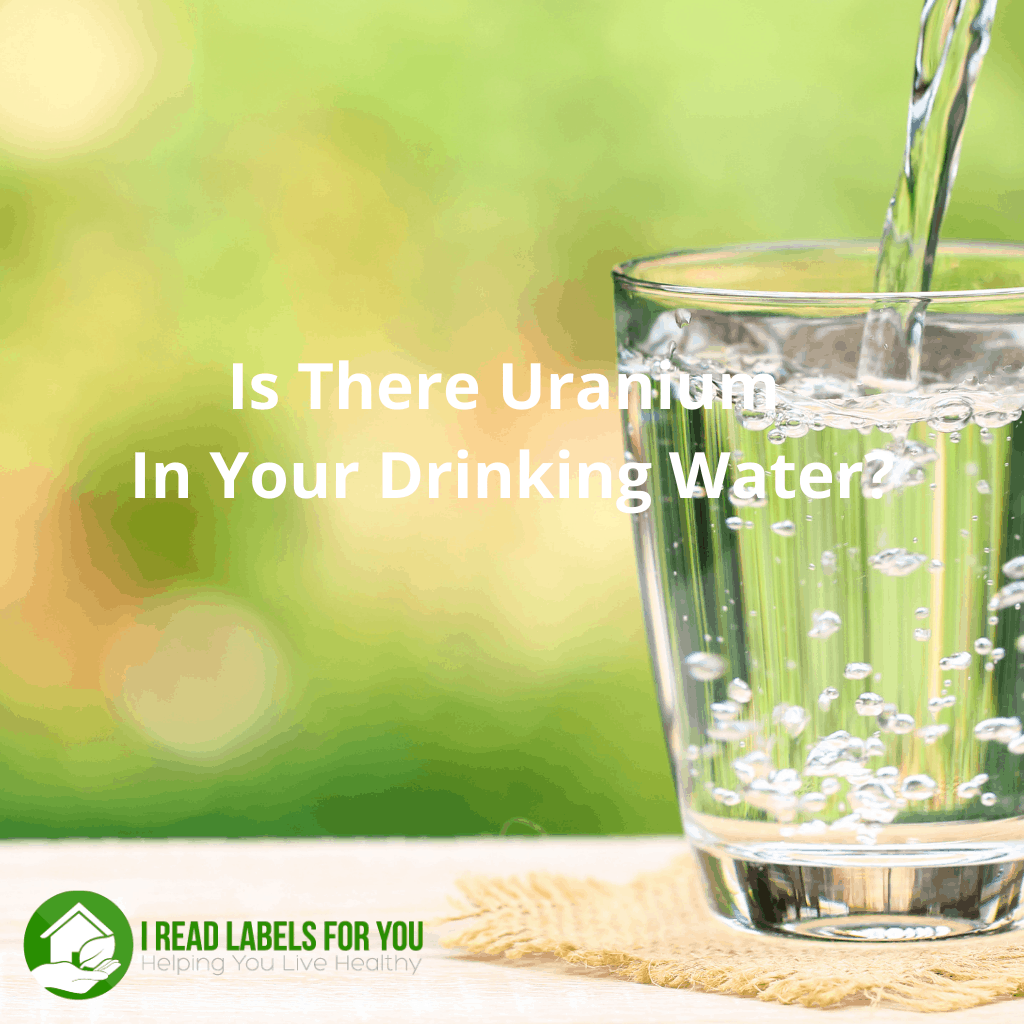
Before commenting, please read our Comment Policy.